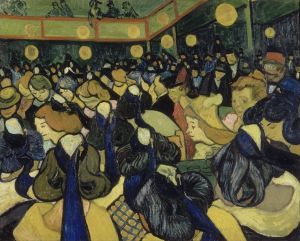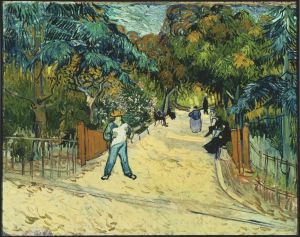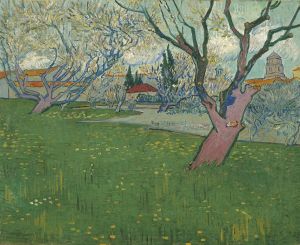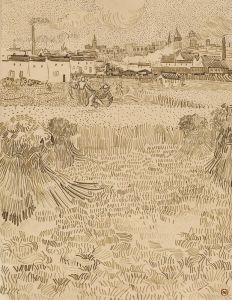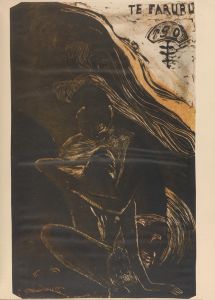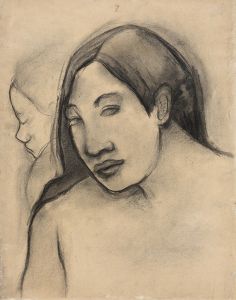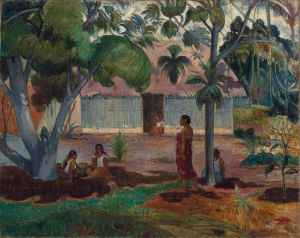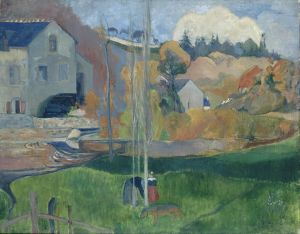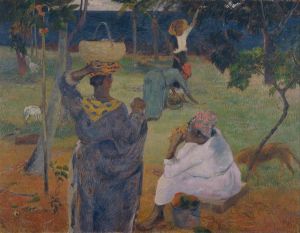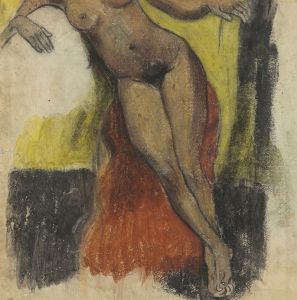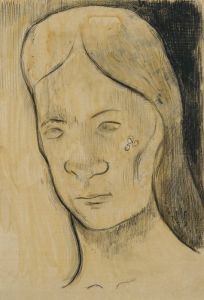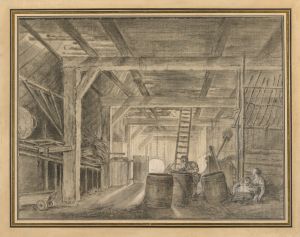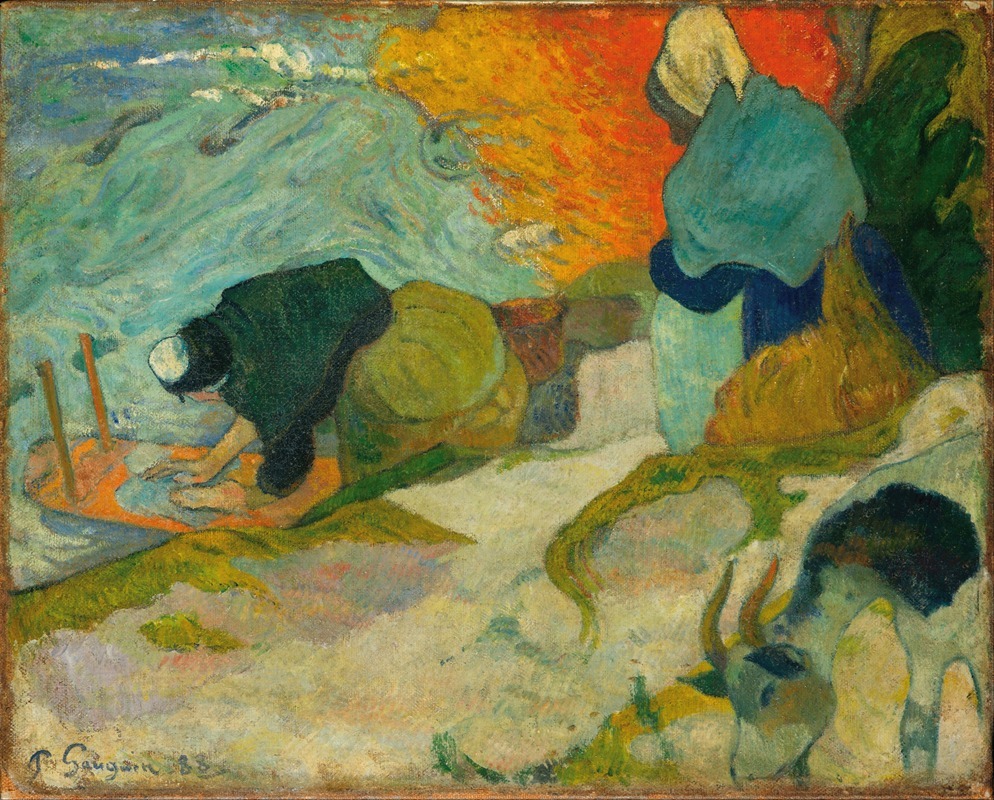
Washerwomen in Arles
A hand-painted replica of Paul Gauguin’s masterpiece Washerwomen in Arles, meticulously crafted by professional artists to capture the true essence of the original. Each piece is created with museum-quality canvas and rare mineral pigments, carefully painted by experienced artists with delicate brushstrokes and rich, layered colors to perfectly recreate the texture of the original artwork. Unlike machine-printed reproductions, this hand-painted version brings the painting to life, infused with the artist’s emotions and skill in every stroke. Whether for personal collection or home decoration, it instantly elevates the artistic atmosphere of any space.
"Washerwomen in Arles" is a painting by the French post-impressionist artist Paul Gauguin. Created in 1888, this work is part of Gauguin's exploration of rural life and his interest in capturing the essence of everyday scenes. The painting depicts a group of women engaged in the activity of washing clothes, set against the backdrop of Arles, a town in the south of France.
During the period when Gauguin painted "Washerwomen in Arles," he was staying in the region as part of an artistic collaboration with Vincent van Gogh. This collaboration was marked by a shared interest in exploring new approaches to color and form, which would later influence the development of modern art. Gauguin's time in Arles was relatively brief, but it was a significant period that contributed to his artistic evolution.
The painting reflects Gauguin's distinctive style, characterized by bold colors and strong outlines. Unlike the more naturalistic approach of some of his contemporaries, Gauguin favored a more symbolic and expressive use of color, which is evident in this work. The figures of the washerwomen are rendered with simplified forms and vibrant hues, emphasizing the artist's departure from traditional representation.
Gauguin's choice of subject matter in "Washerwomen in Arles" aligns with his interest in depicting scenes of everyday life, particularly those involving rural and working-class individuals. This focus can be seen as part of a broader trend among post-impressionist artists to move away from the urban and bourgeois subjects favored by earlier impressionists, instead highlighting the lives and labors of ordinary people.
The composition of the painting is carefully structured, with the figures of the washerwomen arranged in a way that guides the viewer's eye through the scene. The use of perspective and spatial arrangement demonstrates Gauguin's skill in creating a sense of depth and movement within the work. The background, while not overly detailed, provides a sense of place and context, situating the activity within the landscape of Arles.
"Washerwomen in Arles" is an example of Gauguin's ability to blend observation with imagination, creating a work that is both rooted in reality and infused with his unique artistic vision. The painting is also indicative of the broader post-impressionist movement, which sought to push the boundaries of traditional art forms and explore new ways of seeing and representing the world.
Today, "Washerwomen in Arles" is recognized as an important work within Gauguin's oeuvre, reflecting his contributions to the development of modern art. The painting is held in high regard for its innovative use of color and form, as well as its insightful portrayal of everyday life. It remains a testament to Gauguin's enduring influence and his role in shaping the trajectory of art in the late 19th and early 20th centuries.





